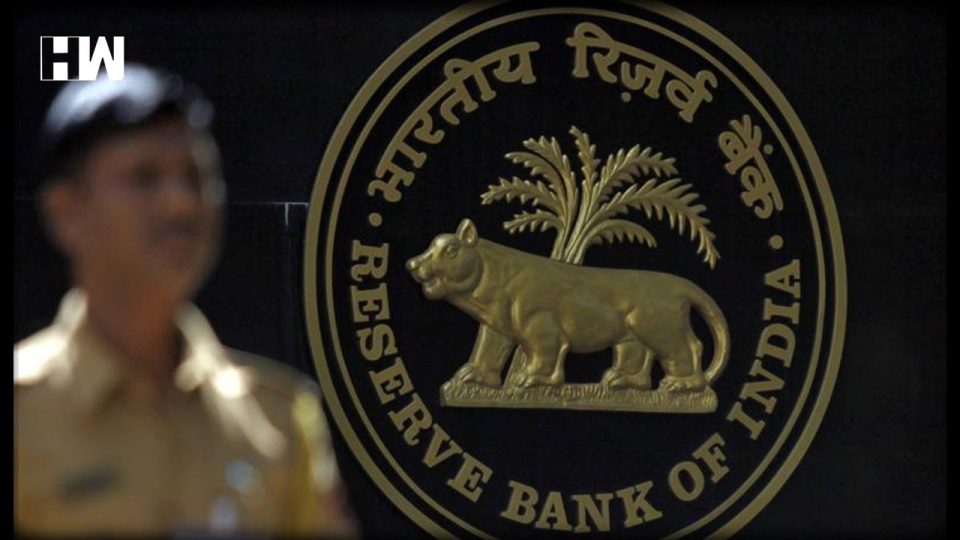The fact is that for a cash strapped government facing receding economic growth, the RBI has been a dependable cash cow.
After the FM’s customary post-budget address to the Central Board of Directors of the RBI, explaining the government’s priorities and key budget initiatives, the FM got on to the government’s real agenda with the RBI governor. It is reported that despite sliding global interest rates, the FM asked the RBI governor to secure every effort to ensure a higher dividend for the government, for the forthcoming FY 2021-22. It is said that top officials of the Finance Ministry then advised the RBI to diversify India’s massive foreign exchange reserves, into financial instruments that give higher returns. They suggested an aggressive deployment of the forex reserves, which adds to the profits of the RBI, enabling the payment of a higher dividend by the RBI, to the Government of India.
The fact is that for a cash strapped government facing receding economic growth, the Reserve Bank has been a dependable cash cow that has distributed its income and has given huge dividend to the government, year after year. It paid a dividend of Rs. 65,896 cr, in FY 2016, Rs. 65876 cr. in FY 2017, Rs. 40600 cr. in FY 2018 and a sum of Rs. 1.76 lac crores in FY 2019, of which Rs. 1.26 lac crores was regular dividend and an additional Rs. 52630 crores was by way of excess surplus not needed by the RBI, under the recommendations of the Bimal Jalan panel. The figure for FY 2021 is expected to be about Rs. 60000 crores and the budgeted figure for FY 2022 is Rs. 55510 crores.
The Reserve Bank’s dividend payment to the government has fallen short of the budgeted target of the government in the past two years. As against a target of Rs. 1.48 lac crores in 2020, it was Rs. 57128 crores and in FY 2021, it is expected to be about Rs. 60000 crores, as against a target of Rs. 89600 crores. The government is thus exhorting the RBI to put in every possible effort to meet its dividend target for FY 2022. But even the RBI investments are governed by market forces and there is not too much that even the RBI can do, despite being the country’s banking and monetary regulation to increase is income and meet dividend targets, which it failed to meet in FY 2020 and FY 2021 too.
The routine income of the RBI is earned from repo interest rates from lending to banks, from income and gains on investments, increase in valuation of the forex holdings, forex transactions and in printing/supply of currency, most of which are controlled by market forces and not by the RBI. For example in FY 2021, instead of earning repo interest, the RBI had to pay to reverse repo interest to banks that had deposited surplus funds of over Rs. 7 lac crores with it, global interest rates fell, the dollar did not truly appreciate much against the rupee and with increased digital transactions, the currency printing profits moderated. That explains the fall in the gross income of RBI, from Rs. 1.93 lac crores in FY 2019 to Rs. 1.49 lac crores in FY 2020 and will perhaps dip further in FY 2021.
Also Read: Buoyant Budget, But Sagging Sentiment
It is for this reason that a desperate government is nudging the RBI to look beyond investing in US government bonds and diversify its investments through an aggressive deployment of its forex reserves, to earn higher returns. This advice and posturing of the Finance Ministry officials asking RBI to change its conservative investment policies is fraught with numerous risks and must be avoided for various reasons.
- India’s forex reserves of USD 585 bn may appear to be huge, but they are not surplus built out of export earnings but have arisen due to debt and foreign investment into India, both of which have to be ultimately returned. India’s external debt as at 30.6.20 stood at USD 545bn, of which 44% was in the nature of short term debt, payable within a year. That does not give enough flexibility to deploy funds in securities other than those of the American government, even if they be low-interest bearing.
- Any investment that converts our dollar assets into those of any other currency, exposes India to forex losses, particularly when the currency rates are expected to be volatile in an uncertain global economy, artificially pumped up liquidity. This is no time to change the time tested conservative investment policy of the RBI.
- If there is a spurt in global oil prices, and the generous fiscal stimulus policy of the US is withdrawn, then there is bound to be pressure on India’s forex reserves, which must be kept intact and ready for deployment.
If at all the government wants better returns from its forex reserves then it must first change the character thereof, to be from net export earnings and not borrowings and the same must then be invested in assets that enhance India’s long term productive capacity, which is not what the Finance Ministry has in mind when it asks the RBI to aggressively invest in instruments that give it higher returns.
As an independent media platform, we do not take advertisements from governments and corporate houses. It is you, our readers, who have supported us on our journey to do honest and unbiased journalism. Please contribute, so that we can continue to do the same in future.

